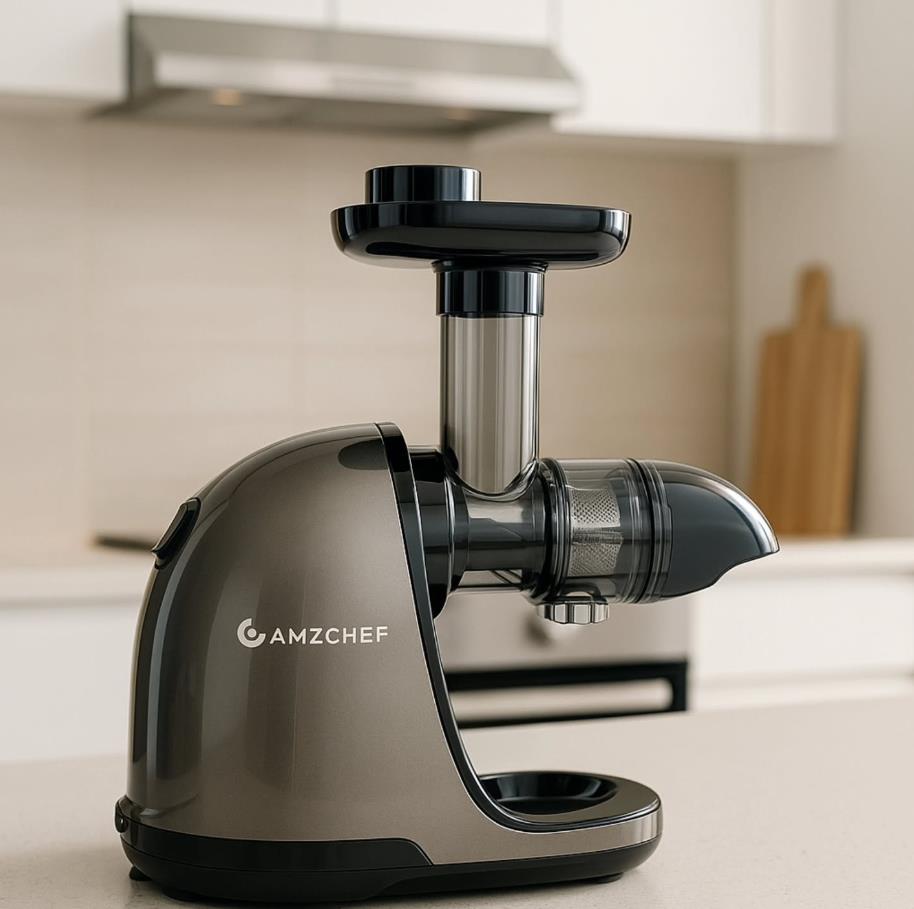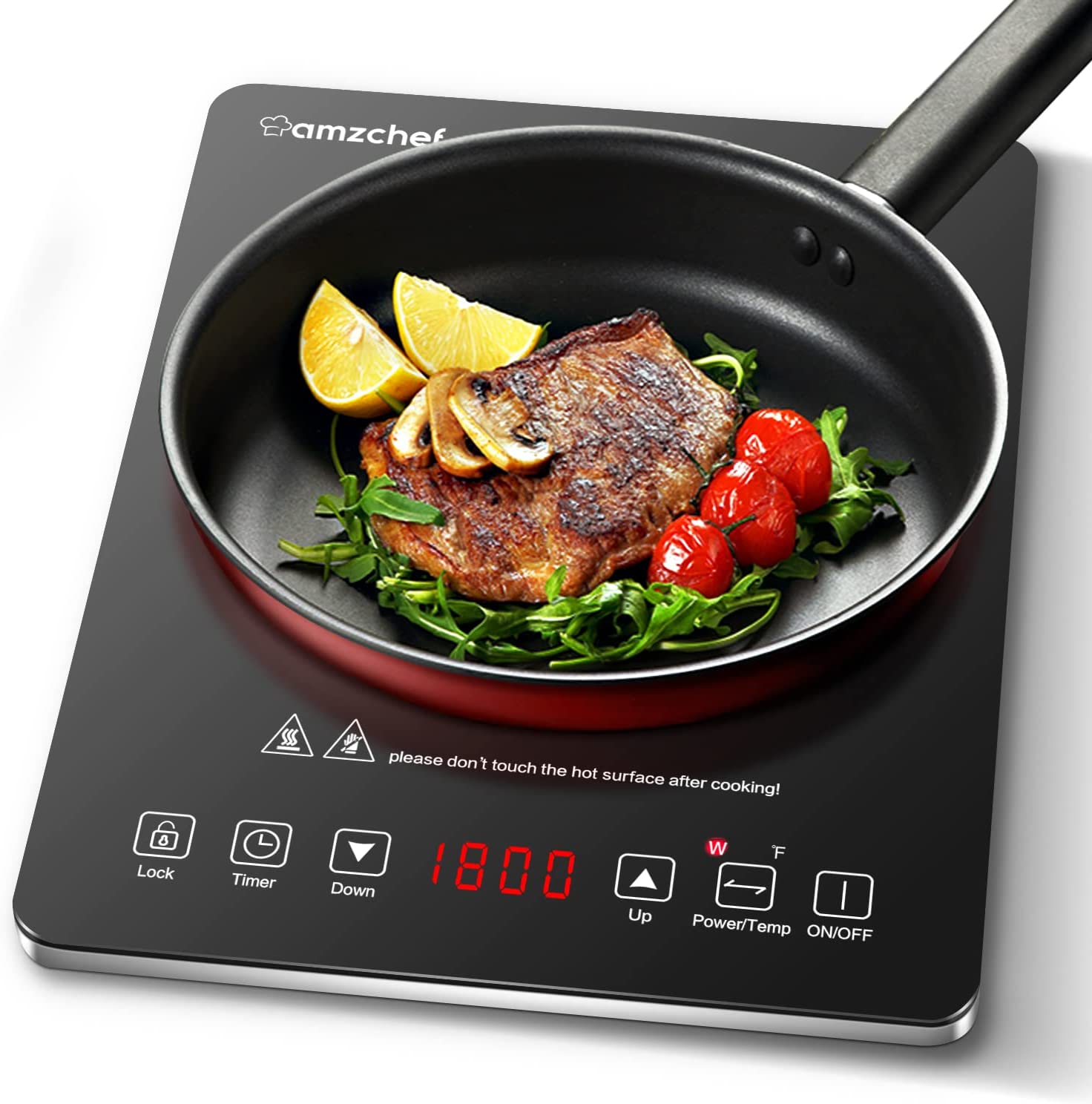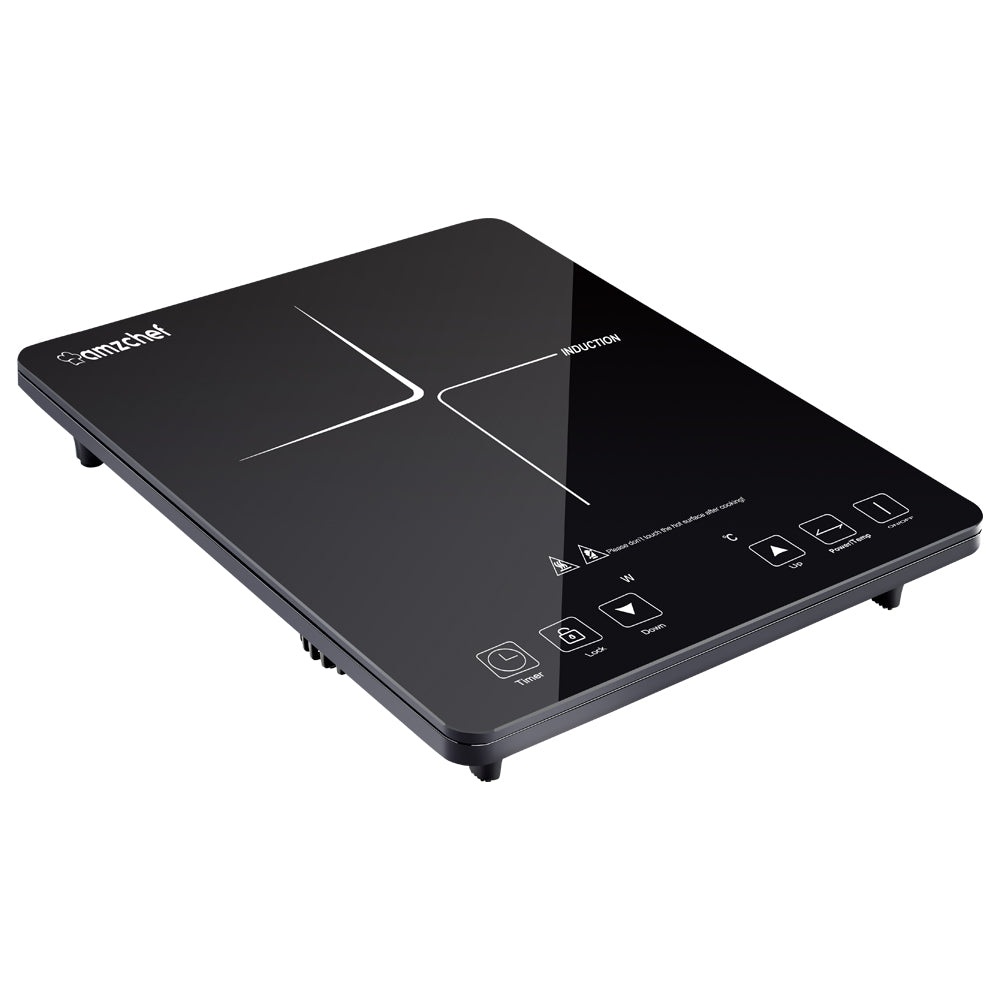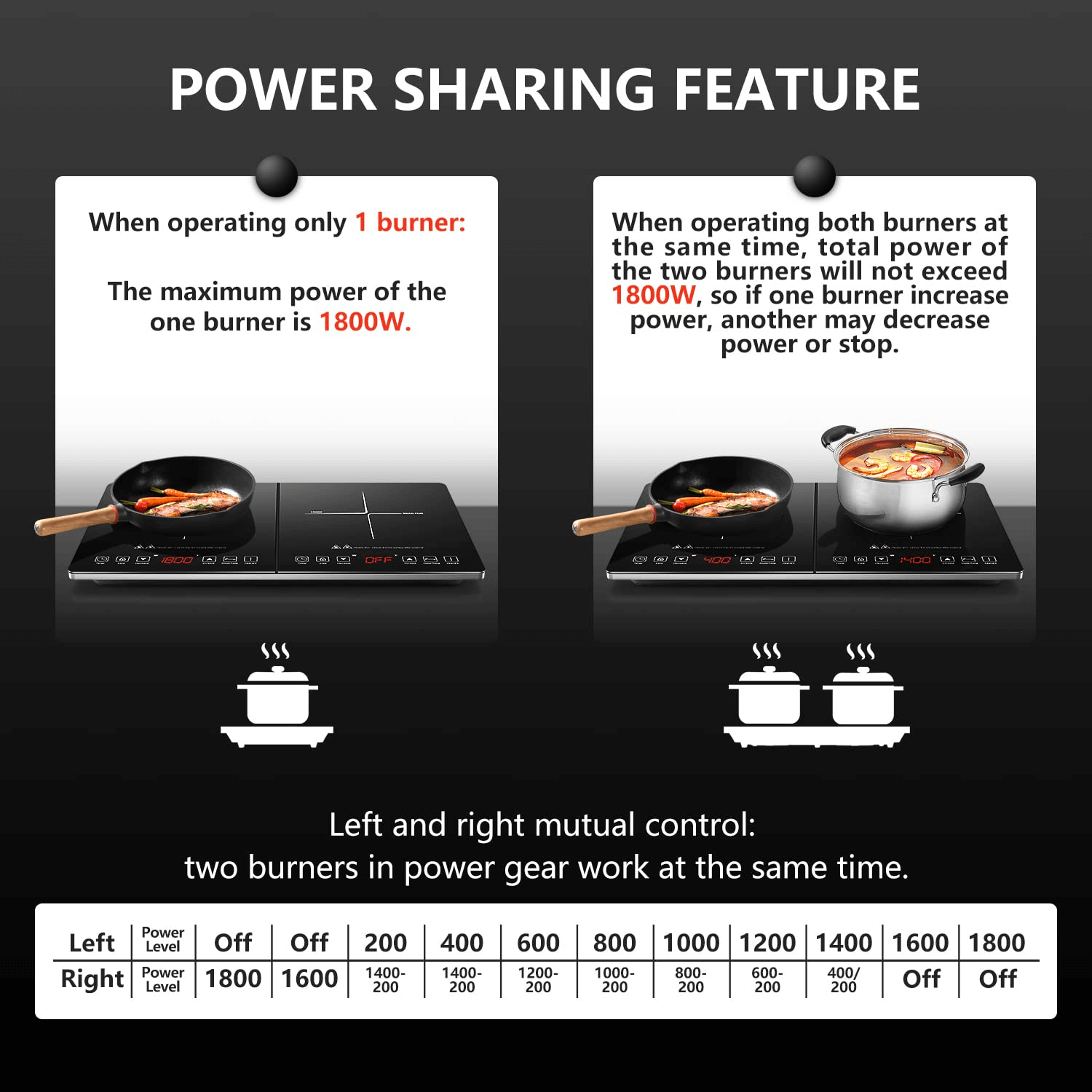The wellness world is obsessed with green juices, detox drinks, and superfood smoothies—and slow juicers are right in the spotlight. But there's one big question health-conscious folks keep asking: Is a slow juicer really better than just eating a whole fruit?
What Is a Slow Juicer?
Slow Juicer vs. Centrifugal Juicer
A slow juicer, also known as a cold-press juicers or masticating juicer, works by slowly crushing fruits and vegetables to extract juice. While centrifugal models use fast-spinning blades, slow juicers crush and press produce to extract juice at low speeds, preserving more nutrients.
How a Slow Juicer Works
Instead of shredding fruits and veggies with high-speed blades, a slow juicer “chews” them through an auger, pressing juice out gently. The result? Less heat, less oxidation, and more nutrients in your glass.
Benefits of Slow Juicing
Preserves enzymes, vitamins and nutrients
Produces less foam and separation, more flavorful juice
Yields more juice per fruit
Produces juice that stays fresh longer
Quiet operation

What Does Eating Whole Fruit Mean?
Whole Fruit Explained
It’s simple. Eating fruit whole means consuming all of it—pulp, flesh, skin (when edible), and fiber. You’re taking in the fruit in its natural, unprocessed form.
Nutrients Found in Whole Fruits
Whole fruits are rich in:
Vitamins and minerals: C, A, potassium, folate
Antioxidants: Powerful compounds that protect your cells
Natural sugars: But balanced by dietary fiber
Fiber and Satiety Benefits
Fiber is the MVP here. It:
Keeps you full longer
Slows sugar absorption
Aids digestion
Supports gut health

Comparing Nutrition: Juicing vs Whole
1. Vitamin and Mineral Content
Slow juicing keeps a lot of nutrients intact, especially heat-sensitive vitamins like vitamin C. However, some vitamins are lost in the pulp that gets discarded.
Slow juicing retains 80-95% vitamin C (NHANES), absorbing 35% better than whole fruit. Potassium retention: 90-95%. Pulp discards 10-20% flavonoids. Benefits: High nutrient retention, fast absorption.
2. Fiber Loss in Juicing
Here’s where juicing loses: fiber. When you juice, especially with a slow juicer, most of the insoluble fiber gets filtered out. That’s a big nutritional sacrifice.
Slow juicing cuts 80-90% fiber (Healthline). Whole fruit reduces diabetes risk 7-10% . Juice digests 20-30% faster.
3. Sugar Concentration Differences
Juicing concentrates the sugar from multiple fruits into one glass. That glass of orange juice might have the sugar of 3-4 oranges—but none of the fiber to slow it down.
Slow-juiced 250ml orange juice (20-25g sugar) vs. 14-16g/fruit (USDA), raising blood sugar 30-40%. Vegetable blends cut sugar 40%.

Health Benefits of Slow Juicing
1. Easier Digestion and Absorption
Because the juice is already broken down, your body doesn’t have to work hard to absorb it. It’s great when your digestive system needs a break.
2. Juice for Detox and Hydration
Juices made from water-rich fruits (cucumber, watermelon) are excellent for hydration. While the “detox” claim is a bit overhyped, your liver and kidneys do the real detoxing.
Learn More: 7 Key Benefits of Using a Cold Press Juicer For Your Health
3. Ideal for Picky Eaters or Those With Medical Conditions
Juices can sneak in veggies for kids or provide nutrients to people who struggle with chewing or digesting whole foods.
‘’I've tried countless methods to get my picky son to eat some vegetables. Until I put carrots, celery, and his favorite apple into a slow juicer. Watching the machine produce the orange-red juice, he actually took it and drank it all. This machine was worth it—it solved our biggest dinner table problem with just one glass of juice.‘’——Marry
Health Benefits of Whole Fruits
1. Complete Fiber Profile
Fiber helps you feel full, supports bowel health, and keeps blood sugar stable. You don’t get this from juice.
2. Supports Gut Health
Fiber feeds your gut bacteria—the good kind. A healthy gut means a stronger immune system and better mood.
3. Slower Sugar Absorption
With the fiber in place, sugar hits your bloodstream at a more manageable pace. No rollercoaster energy spikes.
Learn More: 6 Everyday Habits to Help Your Body Detox
Weight Loss: Which Is Better?
Satiety and Calories
Whole fruits keep you full longer with fewer calories per serving. Juices? They might leave you hungry an hour later.
Cravings and Blood Sugar Control
Whole fruits stabilize blood sugar, preventing cravings. Juices can spike it, leading to crashes and snack attacks.
Convenience and Lifestyle Fit
1. Time to Prep and Consume
Juicing takes time. Chopping, juicing, cleaning the machine... Meanwhile, an apple just needs a rinse and a bite.
2. Portability and Ease
Whole fruits win here. Throw a banana in your bag—done. Juice? You’ll need a bottle and maybe a cooler.
3. Kid-Friendly Factor
Juices can be great for kids who turn their nose up at broccoli. Just don’t rely on it too much—they need fiber too!

Environmental and Cost Considerations
1. Juicer Waste and Cleanup
Juicing creates pulp waste and involves more water for cleaning. But Fruit pomace is far from waste. Rich in fiber, it's excellent for composting and can be used directly as natural fertilizer for your plants.
2. Cost of Juicing vs Whole Fruit
You need more fruit to make juice than to eat whole. Juicing is more expensive, especially over time.
3. Sustainability Angle
Whole fruits come with zero processing waste. They’re the greener option.
Special Cases Where Juicing Wins
1. Elderly and Children
When chewing becomes tough or eating habits are limited, juicing can ensure essential nutrients still get through.
2. Medical Conditions Like IBS or Crohn’s
For people with sensitive digestive systems, juice offers nutrition without irritating bulk fiber.
Conclusion
So, is a slow juicer better than a whole fruit? Not exactly. It’s not a battle of good vs. bad—it’s about balance. Whole fruits provide fiber, fullness, and long-term health benefits. Slow juicing, when done right, can supplement your diet with a quick nutrient boost. Use both wisely, and you’ve got a recipe for healthy living.
Learn More: 90 JUICING RECIPES FOR THE SLOW JUICER
FAQs
1. What are the main advantages of the Cold Press Juicer compared to the Centrifugal Juicer?
A: The Cold Press Juicer 's main advantage is that it extracts more juice and higher-quality nutrients. The Centrifugal Juicer's advantage is that it is quicker and easier to use. Each has its own advantages and disadvantages.
2. What is the difference in shelf life between juice made by a cold-press juicer and a centrifugal juicer?
A: Juice made by a cold-press juicer has a longer shelf life. Juice made by a centrifugal juicer may turn sour within 24 hours and is recommended to be consumed within 8-10 hours.
3. Can the Amzchef SJ036 juicer's large capacity make enough healthy drinks containing apples, celery, ginger, and turmeric for several days at once?
A: Absolutely! This is one of Amzchef's SJ036 core strengths. Its extra-large capacity allows you to process up to two whole stalks of celery and three whole apples at once, easily adding fresh ginger chunks and turmeric root to continuously extract a batch of nutritious drinks. This efficient batch processing capability allows you to make enough anti-inflammatory and detoxifying fruit and vegetable juices for 2-3 days without having to add ingredients multiple times. Combined with its excellent nutrient extraction and juice stability, you can confidently seal and refrigerate the prepared turmeric and ginger juices, easily achieving large-scale preparation of healthy beverages.
You might also like: The Amzchef Slow Juicer SJ-036 delivers great results with any fruit or veg·
We welcome open discussion; please feel free to email us or leave a message: info@iamzchef.com







